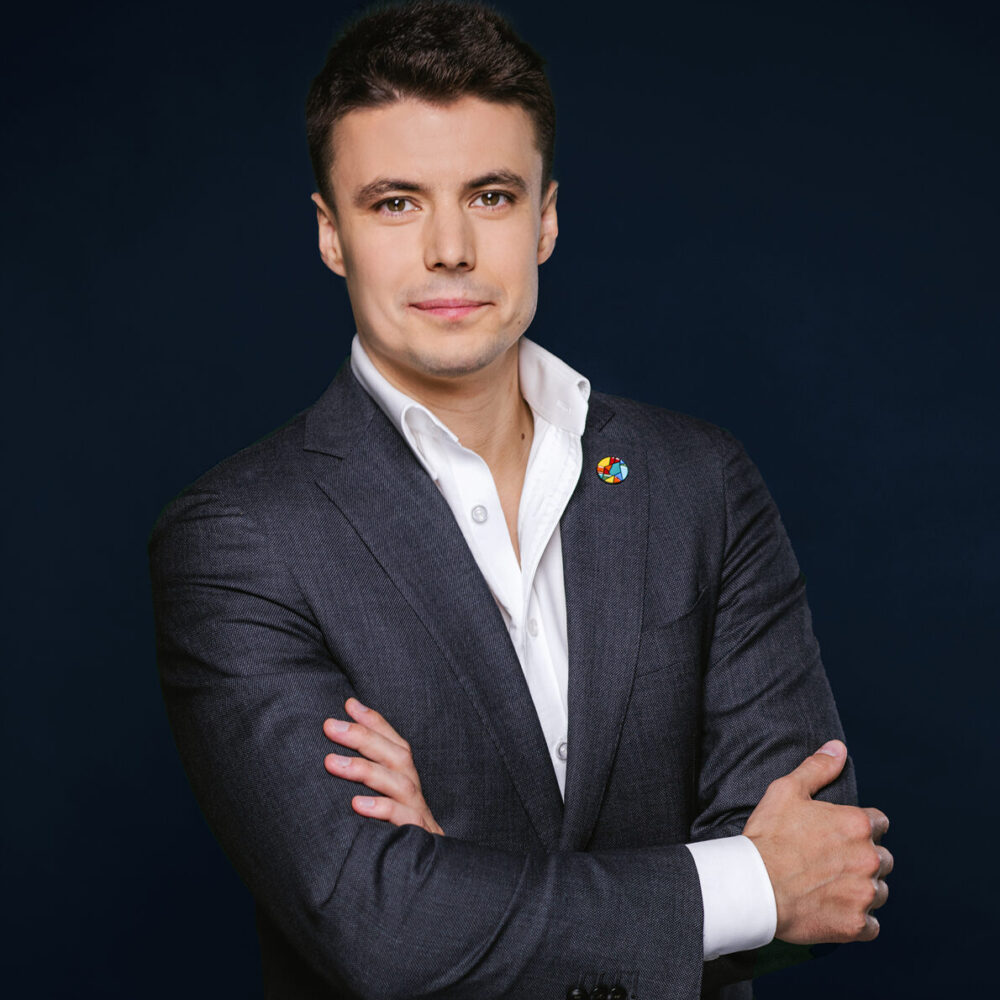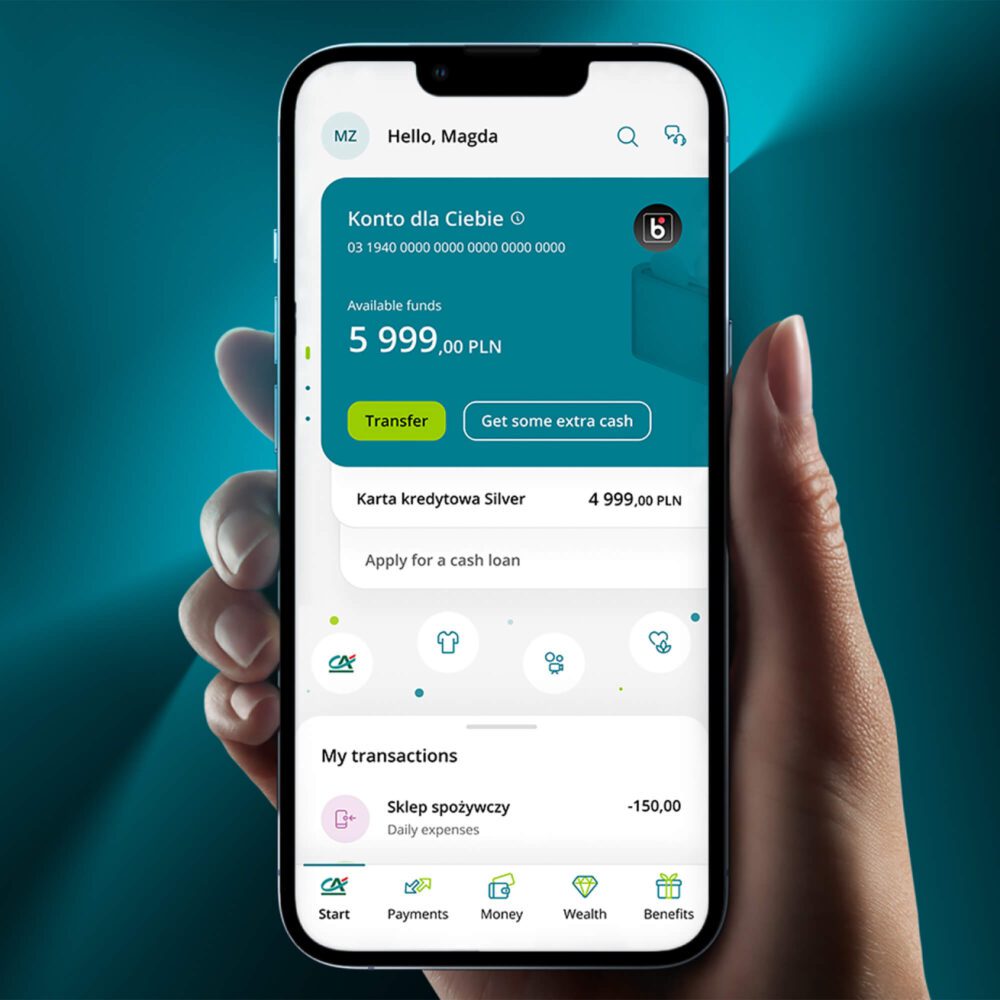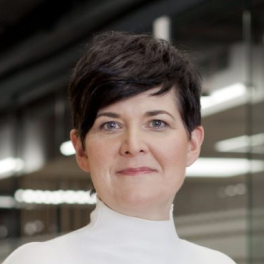When digital products are hard to use, people leave. Our UX design process transforms complex ideas into simple, intuitive interfaces that users love, helping you achieve your business goals.
What We Solve
Effective UX Design is not about aesthetics—it’s about creating an experience that feels natural, intuitive, and enjoyable. How?
-
1
Human-centric approach
We focus on understanding user needs, behaviors, and pain points to design experiences that are both functional and satisfying.
-
2
Aligment with Business
We align our UX design process with your business goals, ensuring that the product not only looks appealing but also achieves tangible outcomes.
-
3
Validation with real users
We recommend continuous and systematic testing of designed solutions with clients
Key Components of Our UX / UI Design Process
-
User Insights
We understand your users’ needs, behaviors, and pain points to inform design decisions. The result is comprehensive user personas and journey maps that guide the design process and tailor every interaction to your target audience.
-
Benchmark analysis
When designing each functionality, we start with benchmark analysis to evaluate competing products and industry standards. This analysis allows us to identify best practices and areas for improvement, ensuring that our design not only meets user expectations but also stands out in the market by leveraging proven strategies and addressing gaps in competitor offerings.
-
Mockups & User Flows
Our mockups and user flows are meticulously designed using Figma, organized into a logical and cohesive structure that facilitates thorough analysis. We build screens based on components from our design system, ensuring consistency and efficiency throughout the design process. Thanks to the early initiation of work on our component library, we typically do not use low-fidelity mockups during the collaboration on new functionalities. Instead, we rapidly build high-fidelity mockups using components from our design system, allowing for a more detailed and realistic representation of the user experience throughout the design process.
-
User Validation
We validate design decisions through user testing to ensure the interface is intuitive and meets expectations. Feedback from real users drives improvements, leading to a polished, user-friendly interface.
Success Stories
Our expertise in UX / UI design has enabled numerous clients to transform their operations and achieve remarkable business outcomes.
UX/UI as a part of software delivery process
An iterative cycle of designing, testing with users, and coding successive modules of the new product
-
1
Working in parallel with coding
Designers in this phase work in parallel with the development and analytics teams
-
2
Design-code time shift
Designers take on a task a certain number of sprints before its implementation
-
3
Plug-and-play collaboration
We work closely with your team—business, engineers, and designers—to ensure a cohesive product that meets all requirements
-
4
Usability Testing in Agile Process
Flexible usability testing sessions are scheduled on-demand throughout the agile process
Tools and Techniques Used
-
Design Tools
Figma is our tool of choice. We can use also legacy tools like Sketch, etc.
-
Prototyping Tools
We use Figma or ProtoPie for simple prototypes, Axure RP for prototypes with complex logic, but we love also Framer, Webflow and many more
-
User Testing Tools
We use LookBack, Useberry, UserTesting and other on-line research platforms
-
Collaboration Tools
We love Miro, FigJam, Slack & Jira
Know What Your Users Want? Great! Not Sure? Let Us Help You Discover Their Needs.
Ready to Create a Concept That Drives Success?

Turn your ideas into a clear, actionable design strategy.
Paweł Haltof
Innovation Director at Efigence
Read more about it
Frequently asked Questions
-
How does UX/UI design agency help in the software development process?
With UX/UI Design agency like Efigence you can enhance your in-house capabilities with our specialized UX/UI services, tailored to meet diverse needs across your project lifecycle.
We can collaborate in following models:
Team Augmentation: We provide experienced professionals, such as banking experts, to complement your team’s capabilities and address specific needs.
Project Collaboration: If you lack resources for full project management, we handle UX design or other project components with full responsibility, including governance, backlog management, and Scrum processes. Your role is to provide subject matter expertise.
External R&D Team: For innovation and new solutions, leverage our team to conduct discovery, ideation, and validation processes. We bring fresh perspectives, avoiding internal constraints, and provide a roadmap for implementation, integrating with your existing workflows.
External Research Team: Utilize our team for on-demand qualitative UX research, annual research planning, or continuous discovery. We mitigate internal biases and drive innovation with objective insights. -
How long does the UX Design phase take, and why is it important?
In traditional or legacy processes, the UX Design phase might be a distinct stage with a defined duration. However, in an agile software delivery process, UX Design is integrated throughout the entire project rather than being a standalone phase.
The duration of UX activities can vary depending on the project’s complexity and scope. The UX Design activities can take anywhere from a few weeks to several months. It’s crucial because continuous UX involvement ensures that design evolves in alignment with user needs and feedback, addressing issues early and adapting to changes swiftly. By embedding UX within the agile process, we can iteratively refine the user experience, making adjustments based on real-time insights and ensuring a more responsive and user-centered product development. -
What tools does Efigence use during the UX Design phase?
We use industry-leading tools like Figma, ProtoPie, Miro, LookBack, Axure RP. These tools help us create detailed, interactive designs that are tested and refined based on user feedback.
-
Why is user research important in UX Design?
User research is essential because it provides insights into the needs, behaviors, and pain points of your target audience. This information guides the design process, ensuring that the final product meets user expectations and provides a satisfying experience.
-
What is the role of prototyping in UX Design?
Prototyping allows us to create interactive models of the product that can be tested with real users. This helps in identifying any usability issues early and making necessary adjustments before the final design is implemented.
-
Can UX Design impact the overall success of a product?
Absolutely. A well-executed UX Design can significantly impact the success of a product by making it easier and more enjoyable to use, leading to higher user satisfaction, increased engagement, and better business outcomes.
-
What industries benefit the most from UX Design?
UX Design is beneficial across all industries, from finance and healthcare to retail and technology. Any industry that interacts with users can benefit from a well-designed user experience that meets the specific needs of its audience.
-
How does Efigence ensure that the UX Design phase meets business objectives?
We work closely with your team to understand your business goals and ensure that our design solutions align with these objectives. This collaborative approach helps us create products that not only meet user needs but also drive business success.
-
What sets Efigence apart from other UX/UI design agencies?
Efigence stands out due to our comprehensive approach to UX Design. We combine deep user research with creative design thinking, involving stakeholders at every step to ensure that the final product is both user-centered and aligned with business goals.
-
Why should startups consider Efigence for their UX Design needs?
Startups benefit from our ability to quickly turn ideas into actionable designs. We provide a clear roadmap for the product’s development, helping startups create user-centered products that are innovative and ready to succeed in the market.
-
How does Efigence approach usability testing in the UX Design phase?
Usability testing is a key part of our UX Design process. We use tools like UsabilityHub and UserTesting to gather feedback from real users, which helps us refine the design and ensure that it meets user needs and expectations before the final product is launched.
Ready to transform your product into a user-centered experience? Contact us today to explore how our UX Design services can help your project succeed.
Let’s Talk

Rafał Ochmański
Key Account Manager









